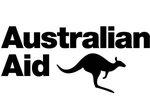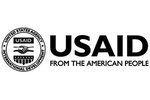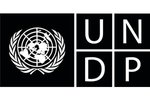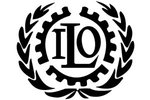What’s empathy got to do with it?
We sat down with Catalpa’s newly appointed head of digital design, Juliana Texeira, to talk about digital solutions, girls in STEM, and what empathy has to do with digital development
Q: What does the head of digital design actually do?
A: I oversee the guidance and direction of the processes that are fundamental to our work. We use approaches such as human centered design, design thinking and co-design, while during the implementation we focus on agile methodologies. My role is mostly about leading the digital design of products in the international development space. Part of that is to look at these approaches and help teams use these methodologies across all phases of the process, from discovery, design and development to implementation, institutionalization and handover.
The most important element in all this work is how you design. The key is building empathy: it is absolutely critical because the systems and solutions we are designing will be used by people. Building empathy in the early stages of the process really helps at the design stage. It is really crucial because it helps you to understand users’ daily routine and the context in which the product will be used, and whether it will respond to their very real daily challenges.
If digital design work is not done with these principles in mind, it will keep producing the same products that do not address users’ needs or fit their reality, and create user fatigue with partners.

We don't use tech for tech’s sake. You don’t solve a problem with tech, you solve it with good design.

Q: What are digital solutions?
A: Digital design is not building an app. We don't use tech for tech’s sake. You don’t solve a problem with tech, you solve it with good design.
Tech in the international development and governance space is changing rapidly and cannot be ignored. We see examples where tech is making great strides in helping to collect and analyze data for good governance and decision making, such as data gathering in remote areas with low connectivity and the digitisation and centralisation of paper based systems. Another example is a program where well informed digital design enhances the efficiency of health service delivery and reduces the burden on busy health workers and can even save lives. This allows for initiatives and plans to be accessible, operate in real time and to be cost effective. Easy and reliable access to information and date allows for all decisions - be that on services or spending - to be evidence based. Digital reduces costs dramatically, particularly helping to reduce costs when we start scaling.
For example in the Pacific there is a huge, phased transition from paper to digital systems - this will put decision makers in a position to use that data and information to allocate resources and monitor performance a lives of communities from local to national level, as well as allowing for transparency, such as the publishing of dashboards tracking expenditure or service delivery.
Q: So if the future is digital, how do we encourage women and girls in Asia-Pacific to get into STEM (science, technology, engineering and mathematics) ?
A: Ideally, girls would be given the space and opportunity to explore and build their confidence from an early age - be it coding, creativity or digital design. They need room to explore and also to be exposed to a range of ideas and experiences.
And of course, we cannot ignore the component of socialization and gender roles. Throughout history we have always had great women in maths and science but their contribution was not always respected or acknowledged. We need to make sure this generation of girls is given the space, skills and resources to shine!














